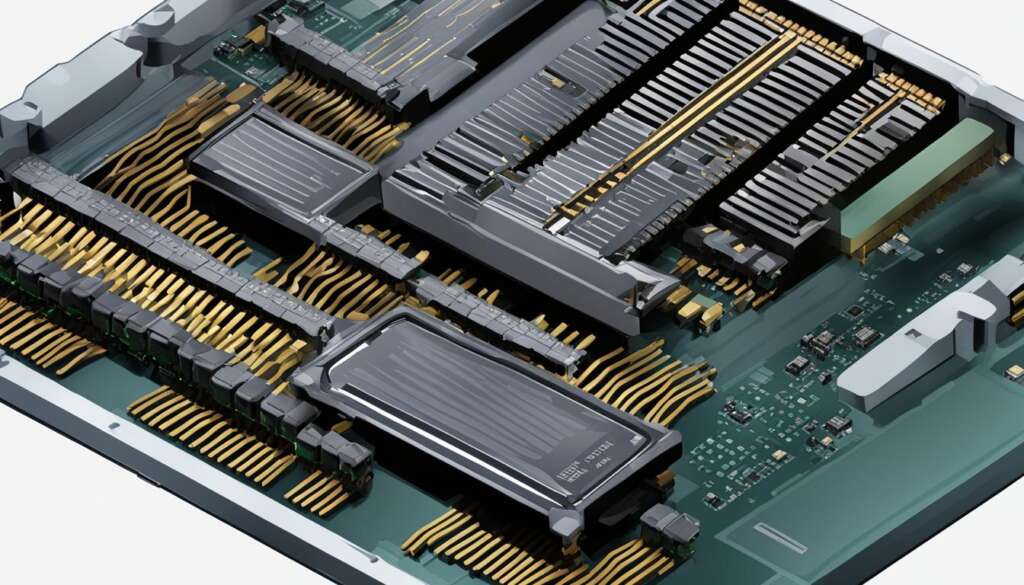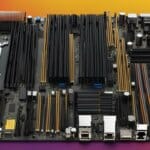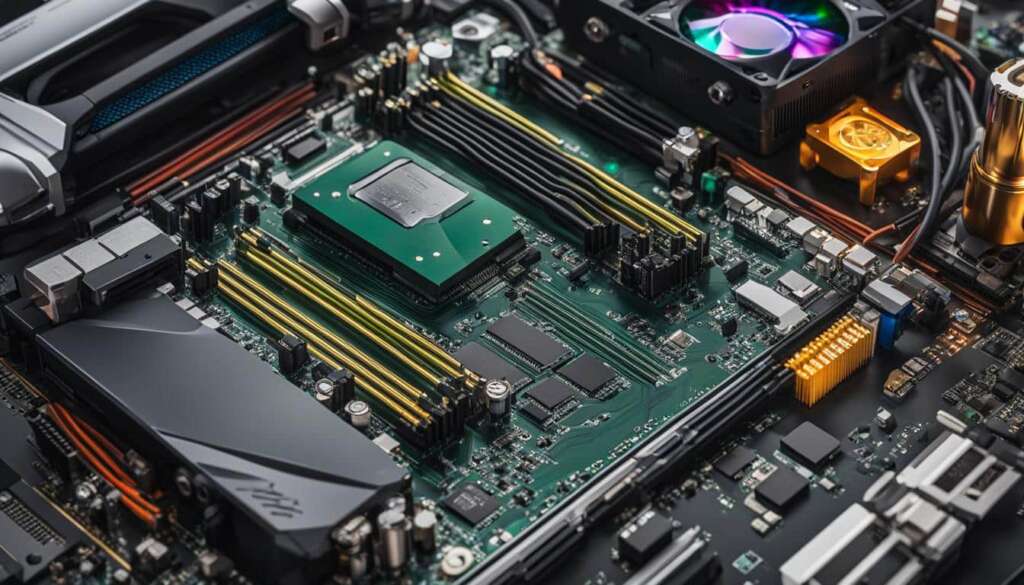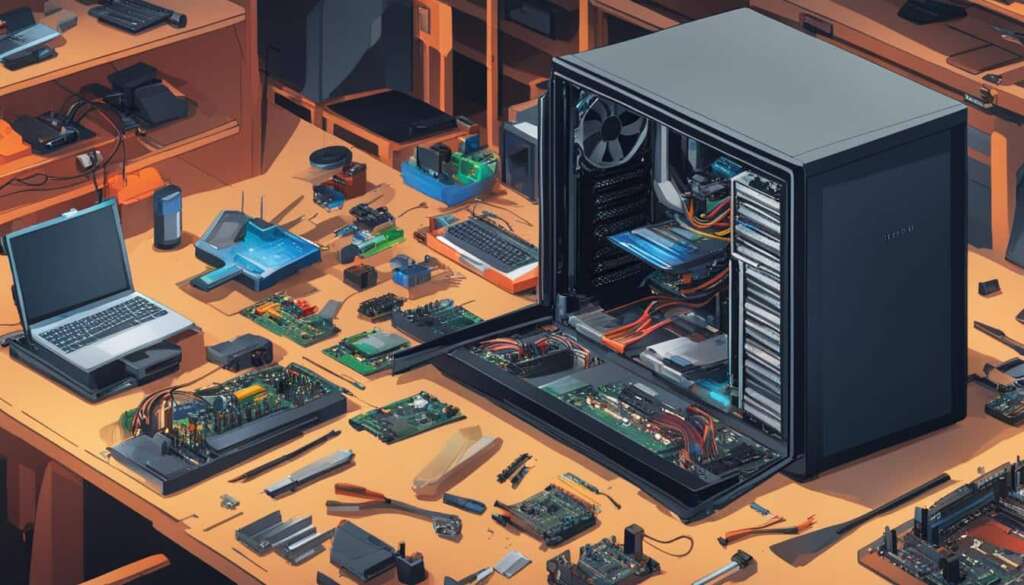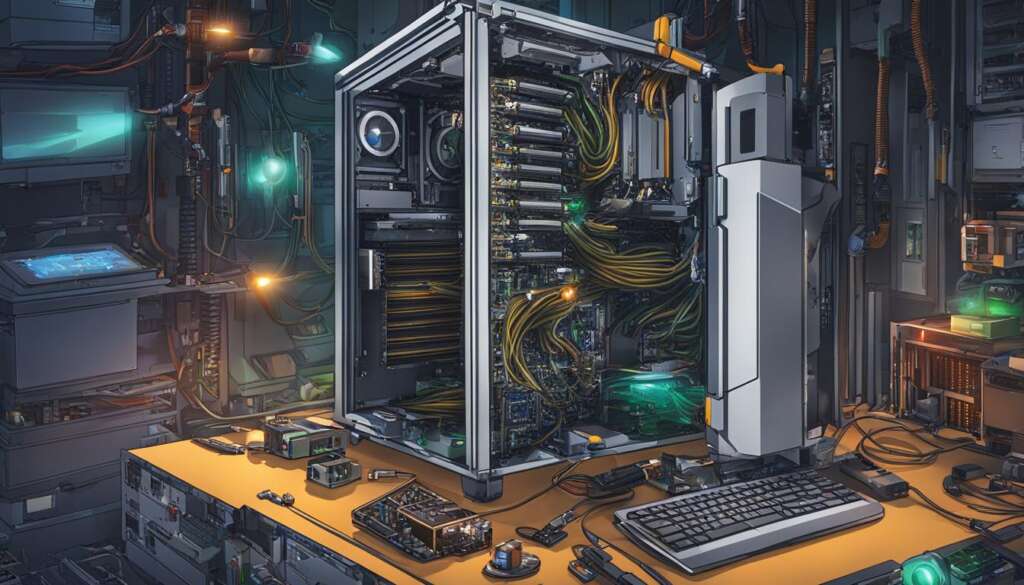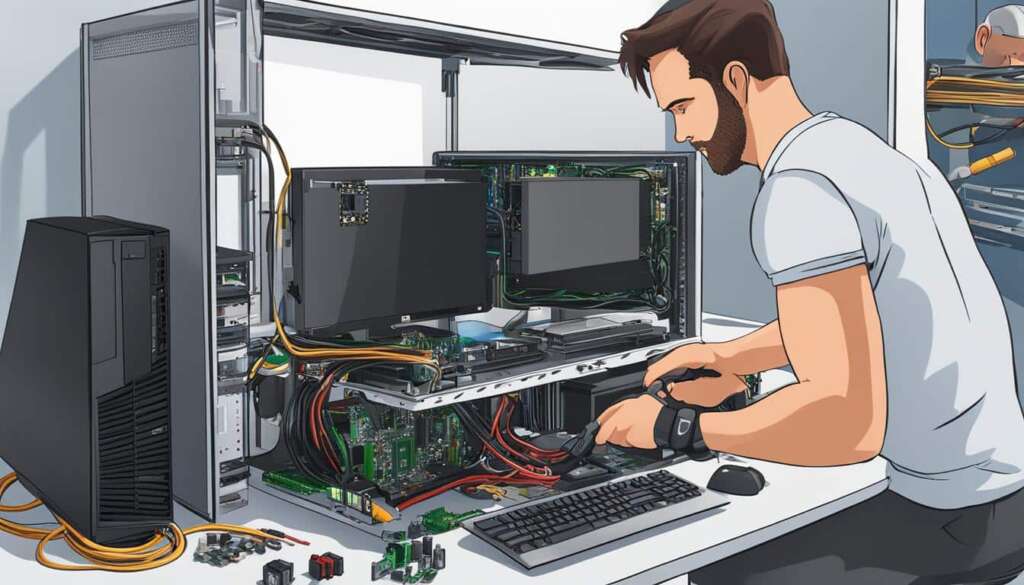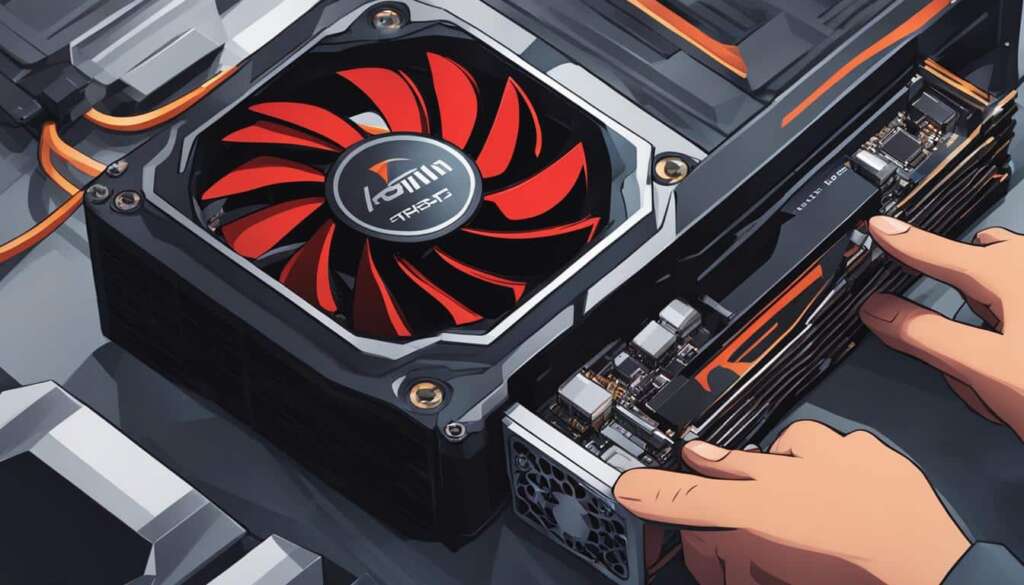Table of Contents
When upgrading or building a new PC, it’s crucial to ensure that the RAM is compatible with your motherboard. RAM is an essential component that can greatly impact the performance of your computer. To ensure PC RAM compatibility, consider factors such as RAM generation, form factor, density, and speed.
It’s also helpful to use motherboard and RAM compatibility checkers to simplify the process. By following these steps, you can effectively determine what RAM is compatible with your PC.
Before we delve into the details, let’s understand why RAM compatibility is important. When the RAM is not compatible with the motherboard, it can result in system instability, crashes, and reduced performance. To avoid these issues, it’s essential to know what RAM is compatible with your PC.
In the next section, we will discuss the factors to consider for RAM compatibility. This will help you make informed decisions when choosing the right RAM for your system.
Factors to Consider for RAM Compatibility
When it comes to determining RAM compatibility for your PC, there are several essential factors to keep in mind. Understanding these factors will help you choose the right RAM for your system and ensure optimal performance. Let’s explore the important considerations: RAM generation, RAM form factor, RAM density, and RAM speed.
RAM Generation
First and foremost, it’s crucial to identify the RAM generation that your motherboard supports. Different generations, such as DDR3, DDR4, and DDR5, have varying pin configurations and are not backward compatible. Therefore, it’s important to select RAM modules that are compatible with your motherboard’s supported generation.
RAM Form Factor
The form factor of the RAM module is another crucial aspect to consider. For laptops, the SODIMM (Small Outline Dual In-Line Memory Module) is the standard form factor, while DIMM (Dual In-Line Memory Module) is used for desktop computers. Ensuring that you choose the correct form factor is essential to ensure physical compatibility with your system.
RAM Density
RAM density refers to the capacity of the memory module, typically measured in gigabytes (GB). Some motherboards have limitations on the number of RAM modules they can support or the maximum capacity per module. It’s essential to check your motherboard’s specifications to determine the optimal RAM density for your system.
RAM Speed
RAM speed, measured in megahertz (MHz), is another critical factor that influences system performance. Higher RAM speeds can enhance data transfer rates and overall responsiveness. However, it’s important to ensure that your motherboard supports the desired RAM speed to avoid compatibility issues.
By considering these factors, you can make informed decisions and choose compatible RAM modules that will maximize the performance of your PC. Next, let’s explore how you can use RAM compatibility checkers to simplify the process of finding the right RAM for your system.
Using RAM Compatibility Checkers
Checking RAM compatibility can be a complex process, but fortunately, there are RAM compatibility checkers that can make it much simpler. These tools are designed to analyze your system’s configuration and provide accurate recommendations for compatible RAM upgrades. Two popular RAM compatibility checkers are the Crucial System Scanner and the Crucial System Selector.
The Crucial System Scanner is a downloadable tool that scans your system and gathers important information about your hardware. It then compares this data with its extensive database to recommend RAM upgrades that are compatible with your specific system. It takes the guesswork out of finding compatible RAM and ensures that you choose the right modules for optimal performance.
Another useful tool is the Crucial System Selector. It allows you to input your system’s manufacturer, make, and model to generate a list of compatible RAM upgrades. This is particularly helpful if you know the exact specifications of your PC and want to explore compatible options without the need for scanning.
Both the Crucial System Scanner and the Crucial System Selector utilize comprehensive databases to ensure accurate recommendations. These tools save you time and effort by eliminating the need for extensive manual research and trial and error. Instead, you can rely on their expertise to guide you towards the right RAM upgrades for your system.
By utilizing RAM compatibility checkers like the Crucial System Scanner and the Crucial System Selector, you can simplify the process of finding compatible RAM upgrades and ensure that your system performs at its best.
Features of RAM Compatibility Checkers
| RAM Compatibility Checker | Key Features |
|---|---|
| Crucial System Scanner | Analyzes your system’s configuration |
| Recommends compatible RAM upgrades | |
| Crucial System Selector | Allows input based on manufacturer, make, and model |
| Generates a list of compatible RAM upgrades |
Determining RAM Compatibility for Your PC
When it comes to determining RAM compatibility for your PC, there are a few additional factors to consider. Firstly, you need to ensure that the RAM you choose has enough clearance. This is especially important if you have a CPU cooler or other components that may obstruct the RAM slots. By checking the measurements and specifications of your components, you can ensure that the RAM fits properly without any clearance issues.
Another factor to consider is RGB compatibility. If you’re interested in adding RGB lighting to your system, it’s crucial to check if your motherboard supports RGB control for RAM sticks. Some motherboards have dedicated RGB headers or software control that allows you to synchronize the lighting effects of your RAM with other RGB components in your system. This can help you achieve a cohesive and visually appealing look.
Additionally, for optimal performance and efficiency, it’s recommended to use dual-channel RAM. Instead of using a single larger capacity RAM stick, consider installing two smaller capacity RAM sticks in dual-channel configuration. This allows for simultaneous data transfer and can result in improved performance, especially in memory-intensive tasks. To take full advantage of dual-channel RAM, consult your motherboard’s manual to ensure the proper installation of the RAM sticks in the designated slots.
By considering RAM clearance, RGB compatibility, and utilizing dual-channel RAM, you can ensure that you choose the right RAM for your PC that not only meets compatibility requirements but also enhances the overall performance and aesthetics of your system.
FAQ
How important is RAM compatibility for a PC?
RAM compatibility is crucial when upgrading or building a new PC as it can greatly impact the performance of your computer.
What factors should I consider for RAM compatibility?
Factors to consider for RAM compatibility include RAM generation, form factor, density, and speed.
How do I check RAM compatibility with my motherboard?
To check RAM compatibility, you can use RAM compatibility checkers such as the Crucial System Scanner or Crucial System Selector.
What is the RAM generation and why is it important for compatibility?
RAM generation refers to the type of RAM, such as DDR3, DDR4, or DDR5. It is important to consider the RAM generation as different generations have different pin configurations and are not backward compatible.
What is the form factor of RAM and how does it affect compatibility?
The form factor of RAM refers to its physical size. SODIMM is used for laptops, while DIMM is used for desktops. Ensuring the correct form factor is important for compatibility.
Does RAM density affect compatibility?
Yes, RAM density is important as some motherboards have limits on the number of RAM modules they can support.
How does RAM speed impact compatibility?
RAM speed can greatly impact overall system performance. It is important to choose RAM with a speed that is compatible with your motherboard.
What other factors should I consider for RAM compatibility?
Other factors to consider include RAM clearance, RGB compatibility with your motherboard, and using dual-channel RAM for optimal performance.
How can I ensure RAM clearance for my PC?
Ensure that the RAM you choose has enough clearance, especially if you have a CPU cooler or other components that may obstruct the RAM slots.
Is RGB compatibility important for RAM selection?
If RGB lighting is important to you, check if your motherboard supports RGB control for RAM sticks.
What is dual-channel RAM and how does it affect performance?
Dual-channel RAM refers to installing two smaller capacity RAM sticks instead of one larger capacity stick. This can provide better performance and efficiency.

